Showing 205–216 of 334 results
-
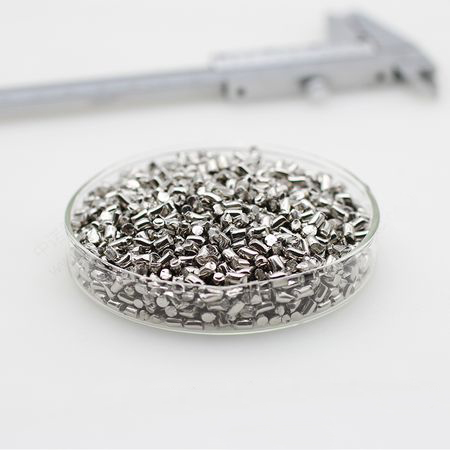
- High purity (≥99.9%).
- Excellent magnetic and thermal properties.
- Superior corrosion and oxidation resistance.
- Uniform size for consistent evaporation rates.
- Customizable NiFe alloy ratios (e.g., 80:20, 70:30).
-
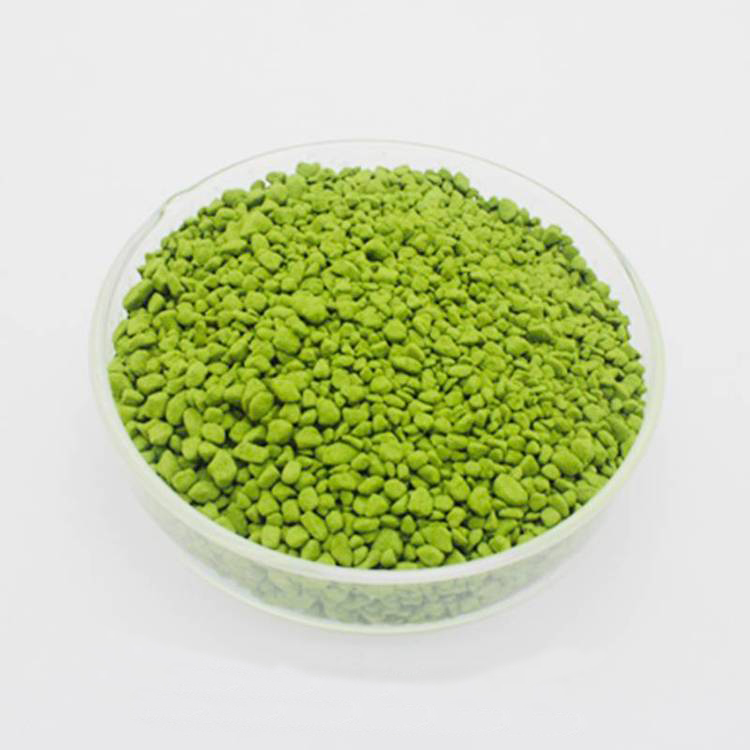
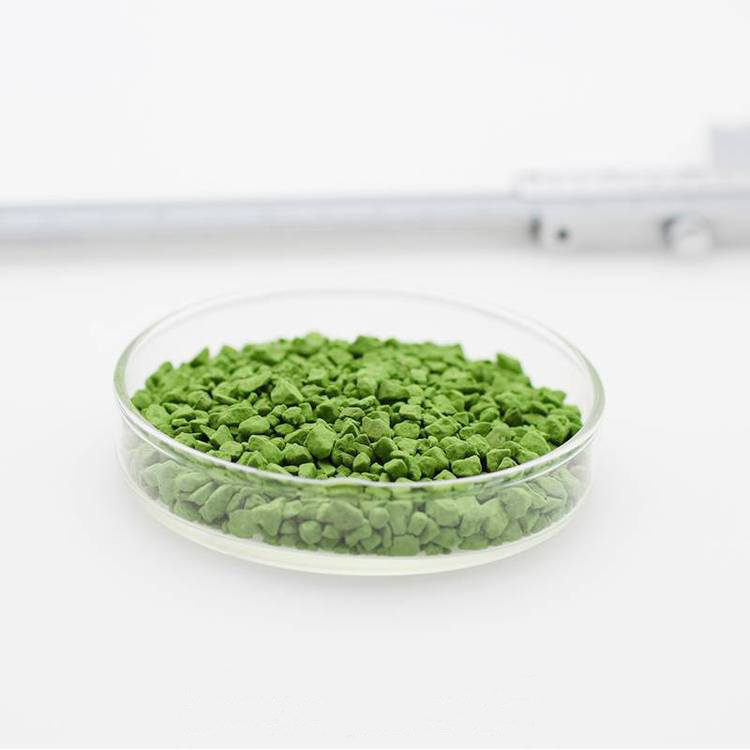
- Wide Bandgap: NiO is a wide bandgap semiconductor (~3.6 eV), making it suitable for high-temperature and high-power applications.
- Good Thermal Stability: NiO has a high melting point (~1955°C) and excellent thermal stability, making it ideal for high-temperature evaporation processes.
- High Electrical Conductivity: NiO is often used to improve electrical conductivity in optoelectronic devices.
- Excellent Catalytic Properties: NiO’s ability to act as a catalyst in chemical reactions enhances its use in fuel cells and other catalytic applications.
- Versatile Thin Film Deposition: NiO forms uniform and adherent thin films, making it ideal for various electronic, optoelectronic, and catalytic applications.
-

- High Purity: Available with purity levels of ≥99.5%.
- Chemical Stability: Resists degradation in harsh environments.
- High Electrical Conductivity: Suitable for electronic applications.
- Customizable Particle Sizes: Nano (<100 nm) and micro (1–50 µm) grades available or customized.
- Eco-Friendly: Non-toxic and recyclable material.
-

- Low Resistivity: NiSi₂ has excellent electrical conductivity, making it ideal for forming low-resistance contacts in silicon-based devices.
- Thermal Stability: NiSi₂ films maintain their performance at high temperatures, which is critical for high-temperature semiconductor processing.
- Good Adhesion: Thin films of NiSi₂ adhere well to silicon and other substrates, ensuring durability in semiconductor devices.
- High Purity: The high purity (typically ≥ 99.9%) of the material ensures that the deposited films have superior performance in sensitive electronic applications.
- Excellent Silicon Compatibility: NiSi₂ integrates well with silicon, which is crucial for creating stable, conductive contacts in silicon devices.
-

- High Strength: Offers superior tensile strength and toughness compared to standard nickel.
- Wear Resistance: Enhanced durability makes it ideal for high-friction applications.
- Corrosion Resistance: Good resistance to oxidation and chemical attack, extending the lifespan of coated components.
-
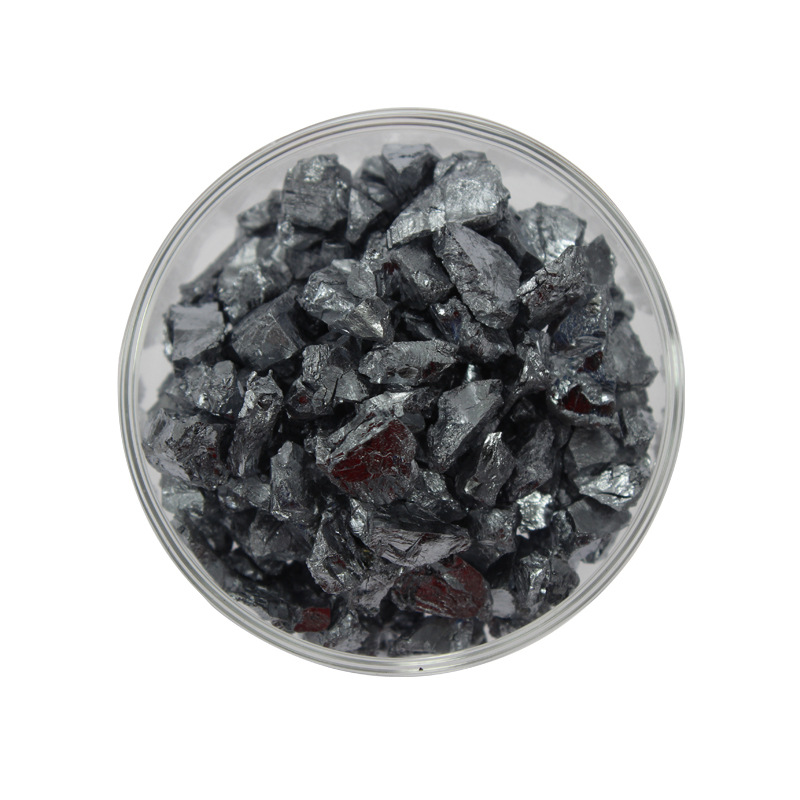

- High Purity: Typically ≥ 99.9% pure, ensuring high-quality films and minimizing impurities.
- Consistent Quality: Manufactured under controlled conditions to ensure uniformity in size and composition.
- Excellent Thermal Conductivity: Provides efficient heat transfer during the evaporation process.
- Customizable Sizes: Available in various pellet sizes to meet specific evaporation requirements.
-
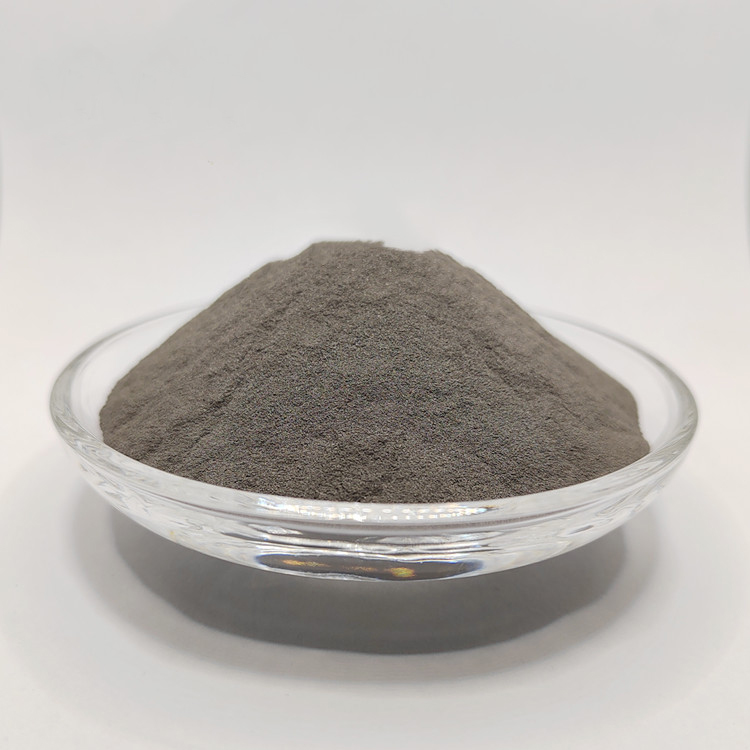
- High Density: Provides superior radiation shielding and soundproofing capabilities.
- Corrosion Resistance: Stable under various environmental conditions.
- Excellent Malleability: Easily shaped for diverse industrial uses.
- Thermal and Electrical Conductivity: Suitable for conductive applications.
- Versatile Applications: Applicable in alloys, batteries, and protective coatings.
-
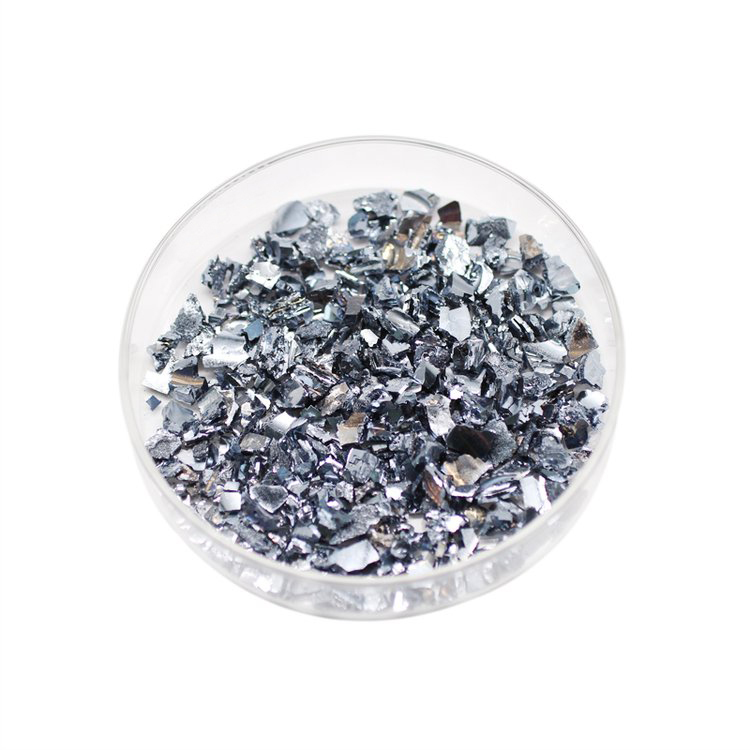
- Narrow Bandgap: PbS has a small bandgap (~0.37 eV), allowing it to detect and respond to IR radiation, making it ideal for infrared applications.
- High Infrared Sensitivity: PbS thin films exhibit excellent sensitivity to infrared light, especially in the mid-IR range, enhancing performance in IR detectors and sensors.
- Efficient Light Absorption: PbS absorbs light efficiently, making it a great material for photovoltaic devices and optoelectronic components.
- Good Thermal Stability: PbS films maintain their properties under moderate temperature conditions, suitable for use in thermal and IR-sensitive devices.
- Adaptability to Thin Films: PbS can be easily deposited as a thin film via evaporation, making it suitable for creating highly sensitive IR detectors and optical coatings.
-
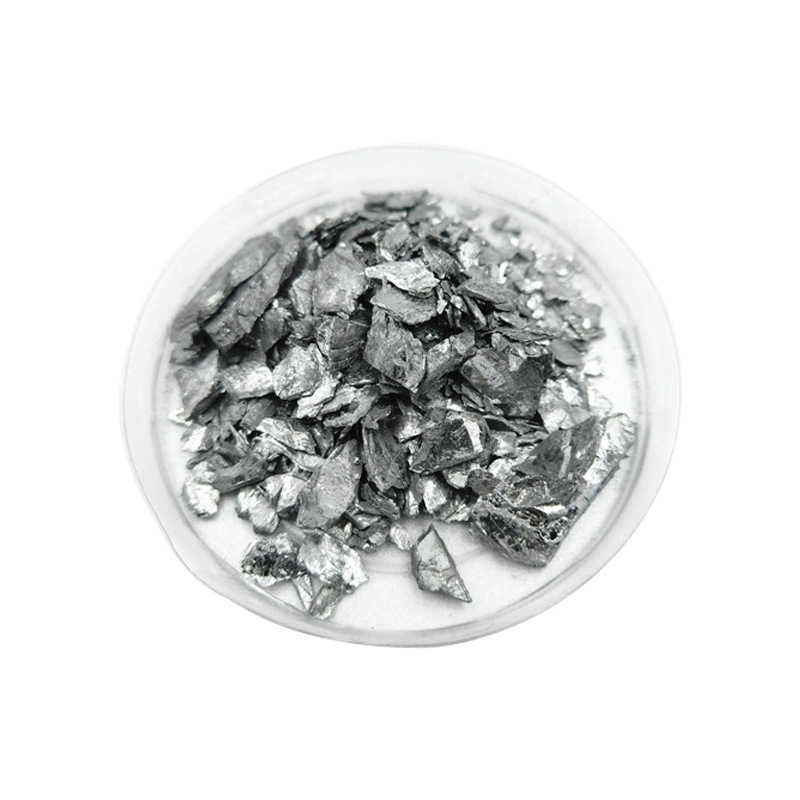

- Narrow Bandgap Semiconductor: PbTe has a bandgap of approximately 0.32 eV, which enables high sensitivity to infrared radiation in the 3-5 µm range.
- High Thermoelectric Efficiency: PbTe has excellent thermoelectric properties, making it suitable for energy conversion in both power generation and refrigeration applications.
- Good Thermal and Electrical Conductivity: PbTe exhibits strong thermal and electrical conductivity, essential for efficient thermoelectric devices and IR detection systems.
- Infrared Absorption: PbTe is highly effective at absorbing infrared light, particularly in the mid-IR region, making it ideal for infrared detectors and optoelectronic devices.
- Thin Film Deposition: PbTe can be deposited as a uniform thin film through evaporation techniques, ensuring high performance in electronic and optoelectronic applications.
-
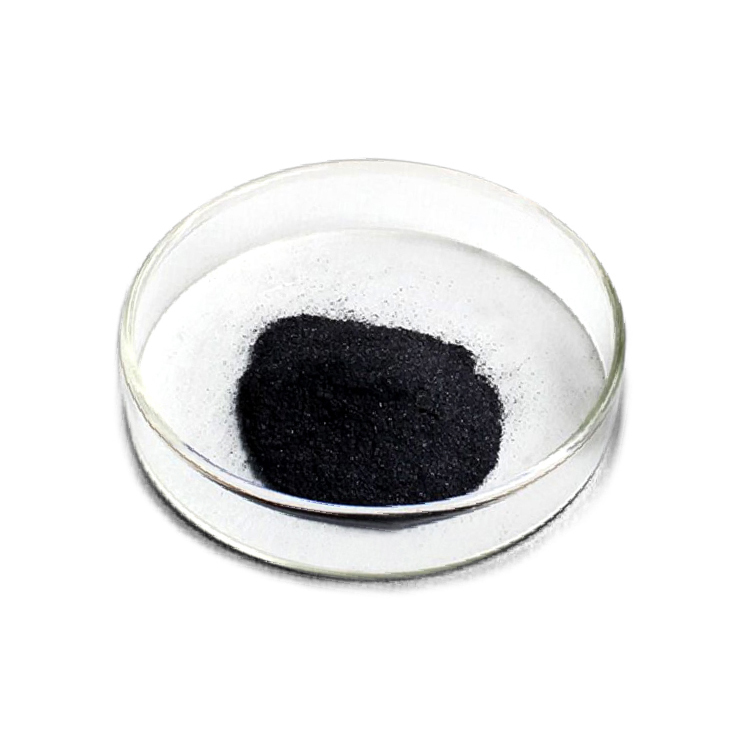
- Thermoelectric Efficiency: Exceptional thermoelectric properties for energy conversion and cooling applications.
- High Purity: ≥99.9% purity available, ensuring minimal impurities and high-quality performance.
- High Stability: Stable under both high and low temperatures, making it ideal for use in diverse temperature environments.
- Customizable Particle Size: Available in a range of particle sizes from nano to micro, suitable for various processing needs.
- Environmentally Friendly: PbTe is non-toxic and can be utilized in energy harvesting solutions, promoting sustainability.
- Versatile Application: Can be used in thermoelectric generators (TEGs) and thermoelectric coolers (TECs).
-
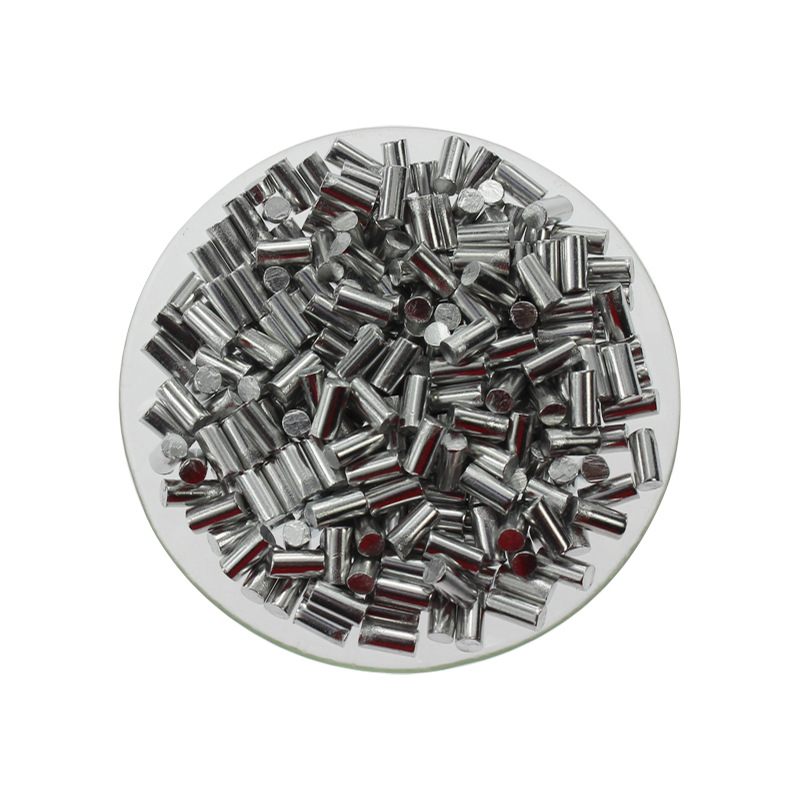
- High Purity: Palladium pellets are available with purity levels of 99.95% (3N5) or higher, ensuring high-quality thin films with minimal impurities.
- Catalytic Properties: Palladium is highly valued for its catalytic activity, particularly in chemical reactions involving hydrogen.
- Corrosion Resistance: Palladium thin films offer excellent resistance to corrosion, making them suitable for applications in harsh environments.
- Electrical Conductivity: Palladium’s superior conductivity makes it ideal for use in electronic and semiconductor applications.
- Durability: Palladium coatings are long-lasting and resistant to wear, providing reliable performance in demanding applications.
-
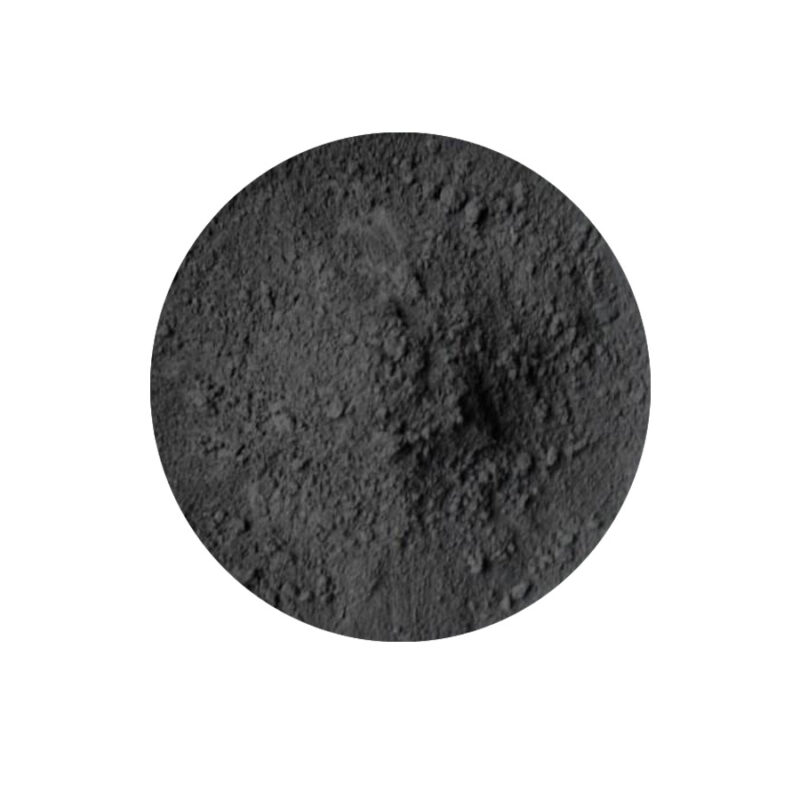
- Outstanding Catalytic Properties: Palladium is an efficient catalyst in various industrial processes, especially in automotive emissions control and chemical production.
- High Electrical Conductivity: Suitable for electronic components that require stable and reliable performance.
- Corrosion Resistance: Palladium resists oxidation and corrosion, even at high temperatures.
- Hydrogen Absorption: Unique ability to absorb hydrogen, utilized in hydrogen storage and purification systems.















